The Iguazu Falls are quite simply one of the most dramatic, verdant, and beautiful natural wonders in the world. Located at the intersection of the borders between Brazil and Argentina, these magical waterfalls are inscribed on the list of New 7 Wonders of the Natural World and are also a Unesco World Heritage site. Along with the Galapagos Islands, Machu Picchu, and Salar de Uyuni, the Iguazu Falls are one of the biggest attractions of South America as hundreds of thousands of tourists come here every year to see these captivating Falls with their vastness and cascading beauty.
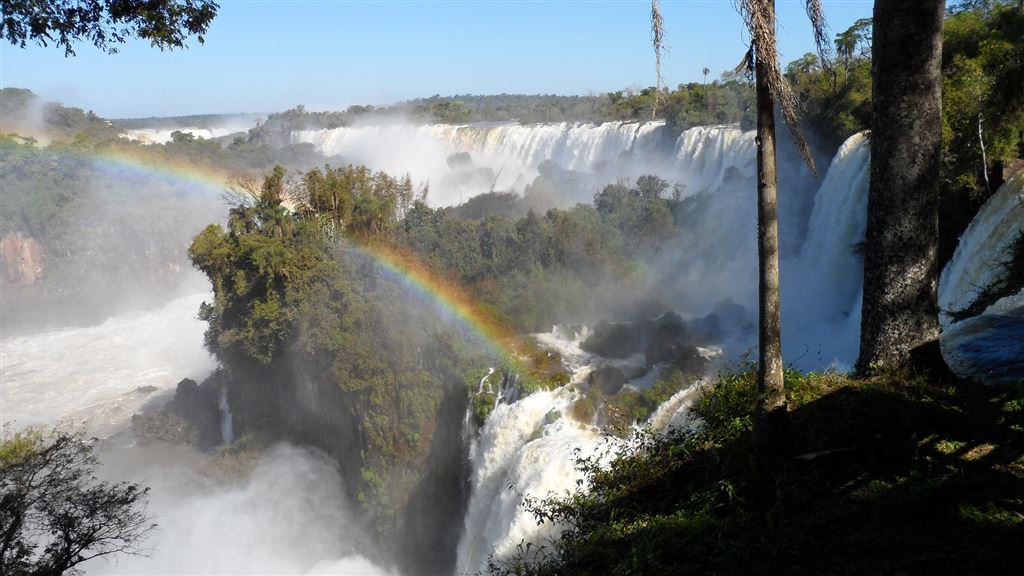
Where Does the Name "Iguazu" Come From?
Derived from the Guarani language, which was used by the local population before the area was divided between Argentina, Brazil, and Paraguay, the word "Iguazu" comes from the Guarani or Tupi words "y,"", meaning "water", and "ûasú ", meaning "big." Thus, the name means "Great Water." This title is not an understatement because the waterfalls in Iguazu National Park are truly imposing. The vast waterfall (or rather a system of connected waterfalls) is about 2 km long. The water at the highest point (Garganta del Diablo, or Devil's Throat) drops from 82 meters and is several times bigger than Niagara and Victoria Falls.
The Size and Location of Iguazu Falls
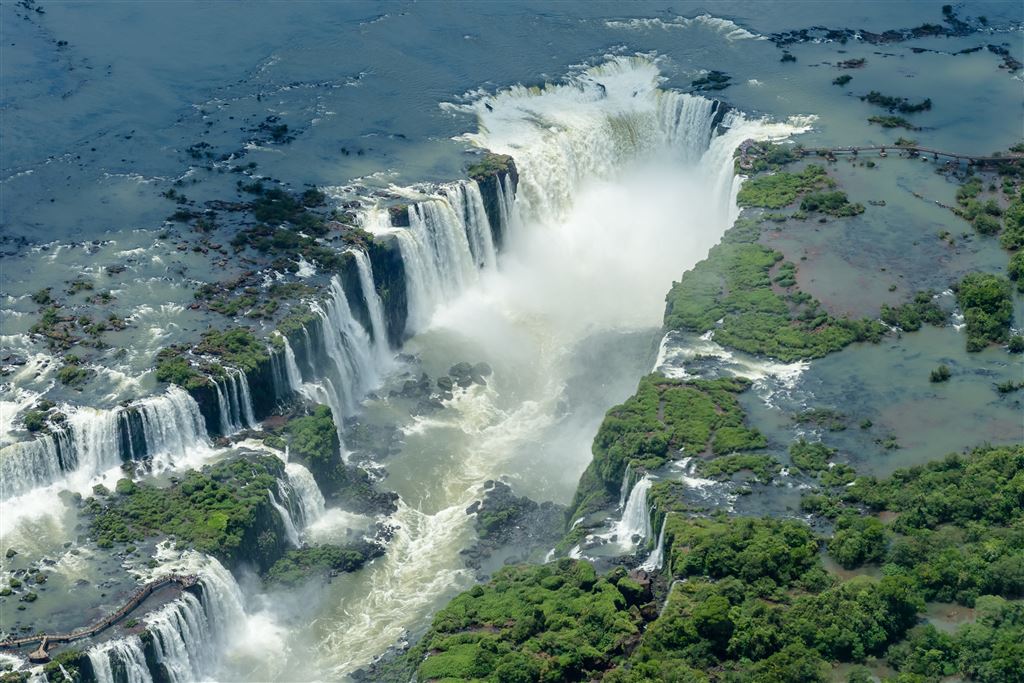
Reportedly, when Eleanor Roosevelt saw the Iguazu waterfalls for the first time, he shouted: "Poor Niagara!" Yes, it makes the impression. Victoria Falls in Zimbabwe and Zambia is considered the biggest waterfall in the world; however, that matter is very debatable. The shape, length, height, number of waterfalls and breadth of land affect the results of the rankings in many ways. Nevertheless, Cataratas de Iguazu (Iguazu Falls) is a genuinely breathtaking natural phenomenon. Tourists feel small and vulnerable in front of the Falls' watery majesty.
Eighty percent (80%) of the waterfall is currently on the Argentine side and 20% on the Brazilian side. Tours take place from three countries - Argentina, Brazil, and Paraguay. You will find thousands of statistical data about the waterfall on the internet so I will not write about the flow of water and other detail like this. In exchange, I will present a handful of practical information that will undoubtedly make it easier for you to explore and help you avoid mistakes in sightseeing.
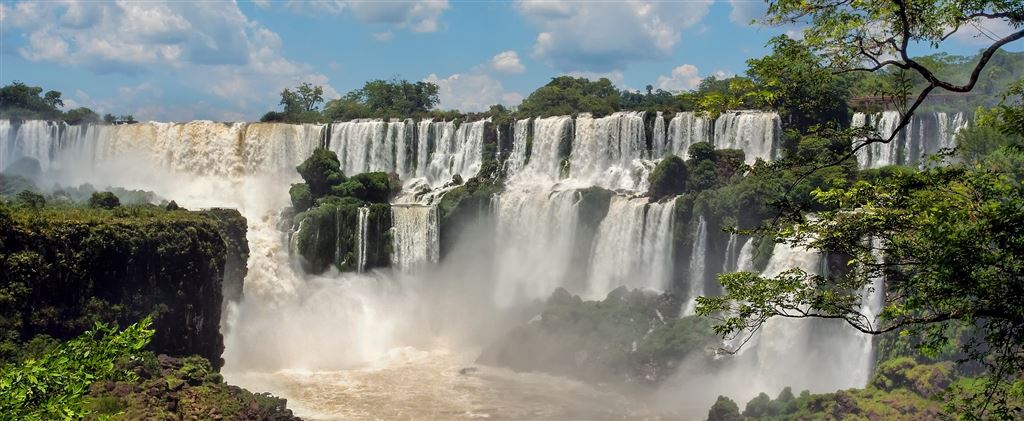
How to Get to Iguazu
Flying straight from Europe you can fly, with a layover (e.g., in Rio de Janeiro or Sao Paolo), over the Brazilian part of the waterfall to the city of Foz De Iguaçu. However, Puerto Iguazu is located in Argentina and if you have more time to explore this beautiful country, you can take a bus from Buenos Aires or Misiones region. Another option is to fly to Ciudad del Este in Paraguay, and from there continue the sightseeing.
Do I Need a Visa to Visit Argentina and Brazil?
Argentina adheres to the principle of reciprocity. Citizens of countries who do not offer a free tourist visa for Argentines do not receive such a visa at the entrance to Argentina. However, there are not many of these countries. In most cases, citizens from different part of the world have a free tourist visa for 90 days in Argentina. Besides, it is almost effortless to extend it for another three months or even whole life. Argentina is one of the most forgiving countries in granting residents to foreigners.
Less eager to do so is Brazil. However, it is changing. For example, on 17 June 2019, the law of free visa for the citizens of the USA, Canada, Australia, and Japan will come into force. Many international tourists who want to discover the countries of South America faces a dilemma: only Argentinian or two sides of Iguazu Falls?
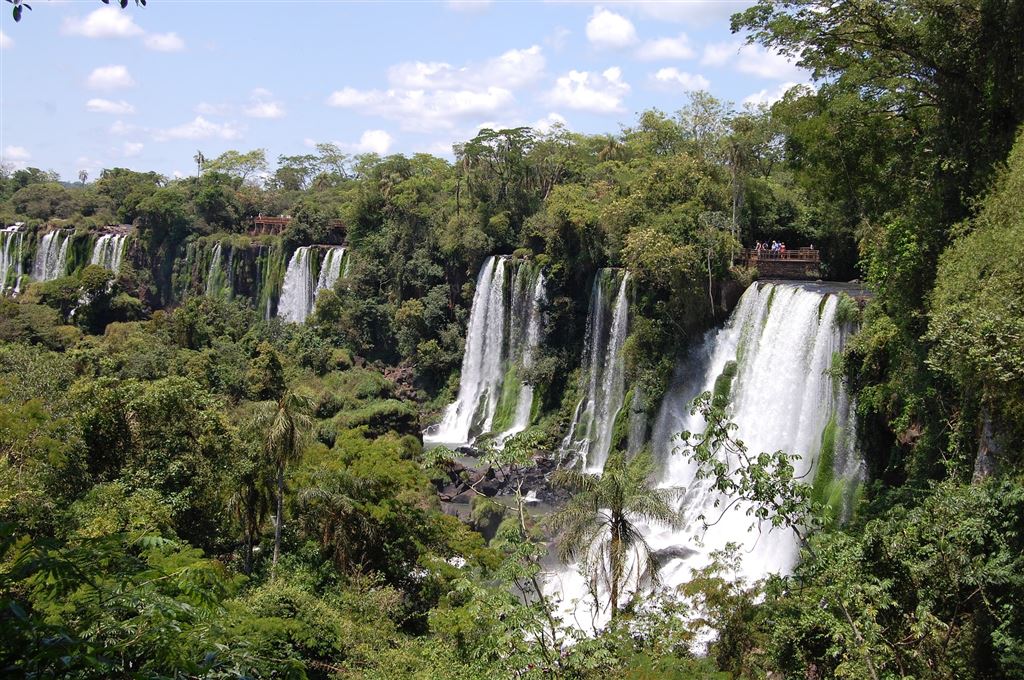
What is the Best Time of Year to Go to Iguazu Falls?
Iguazu waterfalls can be visited throughout the year because the tropical climate prevailing here helps to preserve the year-round tourist season. However, I do not think there is a perfect time to visit any place in a tropical climate. From November to March is the Falls' rainy reason so temperatures will be much lower, but you must be prepared for rain. In the second part of the year, it is dry, but temperatures reach 40 degrees.
I was there in September, that is the last moment before the rainy season, and it is a perfect time because it is still relatively warm. Sometimes it would sprinkle lightly, but the weather did not spoil the plans. Since Iguazu lies in the tropical zone, before going on a trip, it is worth checking current emergency messages and finding out a bit more about vaccinations and preventive care.
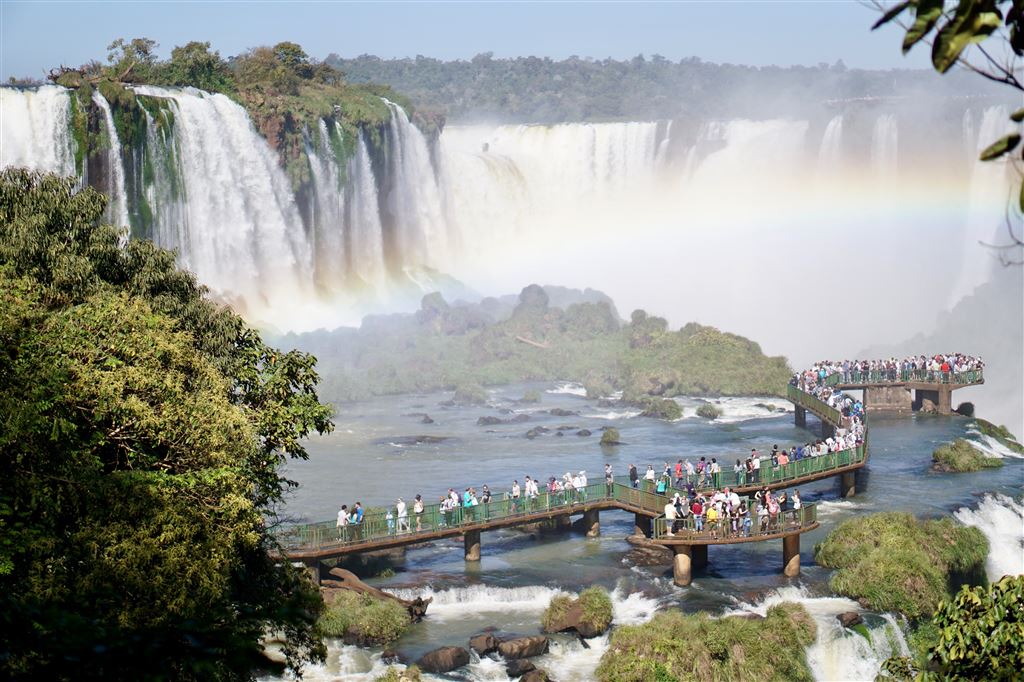
Where to sleep?
Puerto Iguazu on the Argentine side is a small town full of tourists, bars and hostels. I stayed there for a moment in a random dorm hostel. It was ok, although problems with the internet can effectively cut you off from the world.
Foz do Iguaçu on the Brazilian side is an entirely different story. A large city without a bright tourist center, but with more friendly prices than on the Argentine side. In the central part of the city, you will find pubs, discos, and hostels. Smaller and quieter places are scattered all over the city. I stayed a bit out of the center because after loud Puerto Iguazu I felt like a bit of peace and quiet.
Security at the Falls
Both cities are relatively safe, and Foz do Iguaçu is also considered one of the safest in Brazil. However, it is not worth losing alertness because as in every city in the world, in Puerto Iguazu and Foz do Iguaçu; you can fall victim to a robbery attack. Also in the vicinity of Waterfalls, watch out for pickpockets. When choosing to Iguazu, it is worth getting acquainted with security principles in South America. And take them to heart.
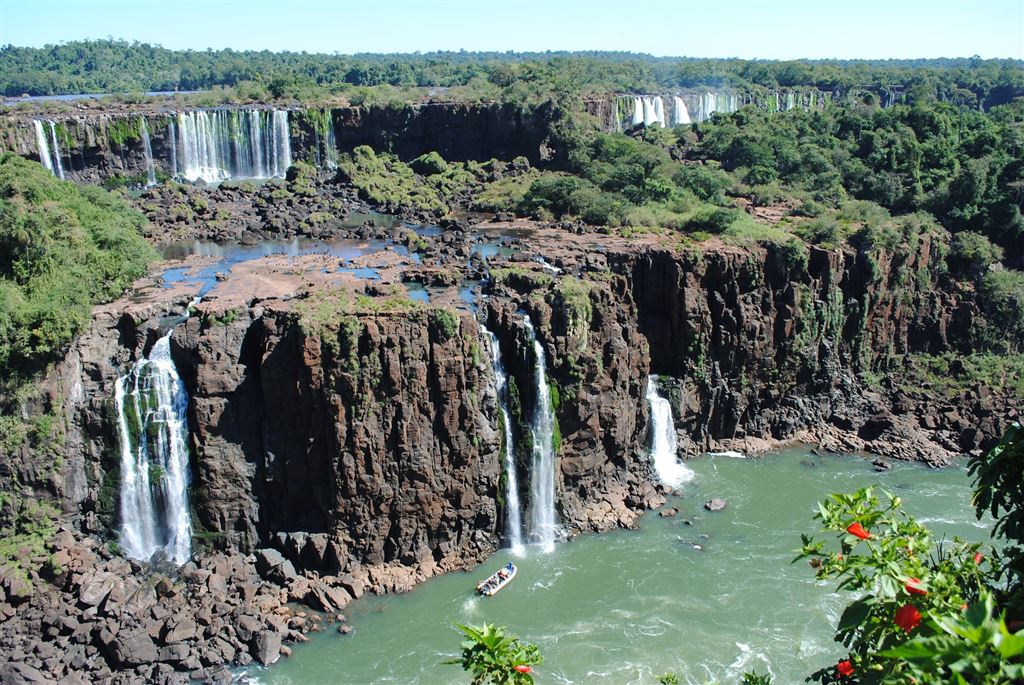
Which Side of the Iguazu Falls is Better, the Argentine or Brazilian Side?
As already mentioned, Iguazu Waterfalls can be visited on two sides - Argentine and Brazilian. Which side of the waterfalls is better? That's difficult to say. Argentine offers you the proximity of a waterfall, the possibility of walking on metal footbridges directly above it and reaching almost to the very climax: Garganta del Diablo. The Brazilian side is much smaller. It is only one route on the other side of the waterfall but offers a view from a broader perspective on Iguazu.
In my opinion, if someone has time (and a lot of money), it would be nice to see both sides, but starting from Brazilian. With limited time (or budget) it is best to go only to the Argentine side. It is pointless to go first to the Argentine side, and later to Brazil because it would be a bit like eating dinner first and then ordering a starter.
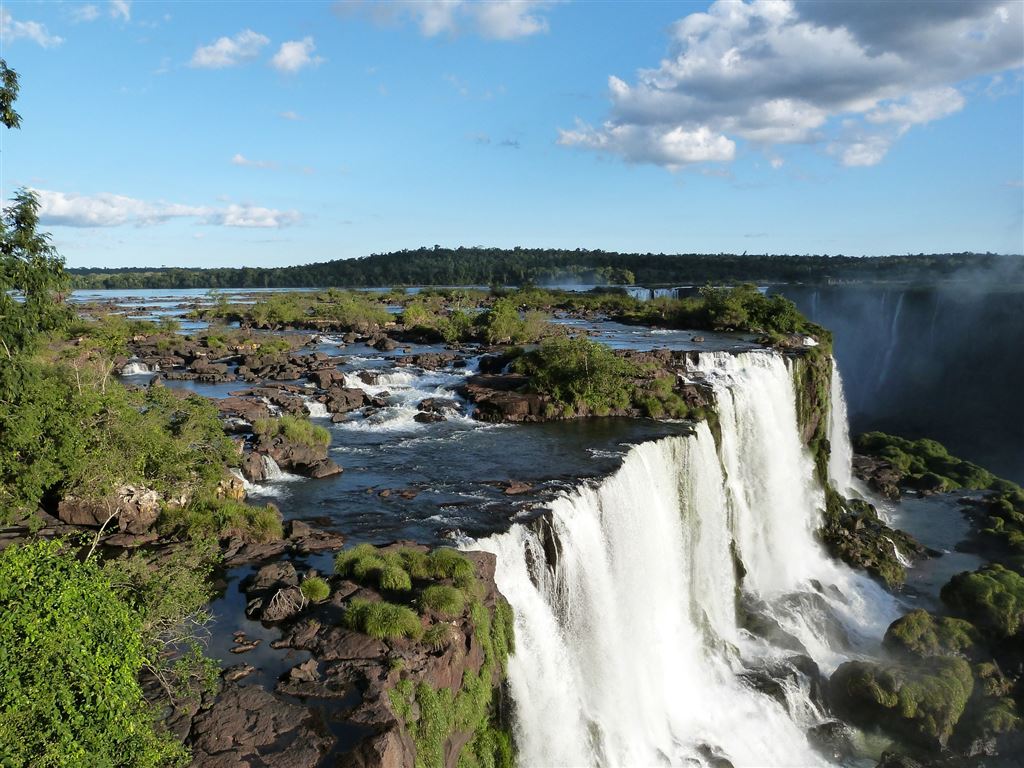
On the Argentine side of the park, right after the entrance, we have a short route which will take us to the train station. From there leaves the train to Garganta del Diablo. There is also a second, small station at the entrance of the park, from which you can take a few hundred meters by train to the central station, but I would advise against this option.
The walk is pleasant and short, but the queue at the central station is long. Arriving from a small station at the entrance you will have to get off the train and go to the end of the queue. From the same place, there are two routes (upper and lower) through the park. You do not have to be super-fit to overcome both during the day. Routes are mainly metal footbridges. The upper one is flat and should not be a problem for the disabled.
Aside From Waterfalls, What Else is there to See and Do in Puerto Iguazu?
Lying on the border of Argentina, Brazil, and Paraguay, Puerto Iguazu offers many more attractions than just waterfalls. You can go over one of the largest water dams in the world, to the Buddhist temple, surrounding forests or jump over from parachute.
In Puerto Iguazu, you can also discover other nature reserves. This is an excellent opportunity to learn more about the life of our jungle animals and all their varieties with local guides. You can also go for extra adrenaline adventures such as flying an airplane over the Iguazu waterfalls, cruising on a boat on the Parana River and sail between two countries.
It is also worth delving into the image of Puerto Iguazu before it becomes a tourist Mecca of Argentina. The Guarani tribes originally inhabited the jungle. So far, They have lived in their holy ancestry in the Holy Land and retain their traditional ceremonies. It is also an excellent source of knowledge about medicinal plants and their features.
Drone View of Iguazu Falls